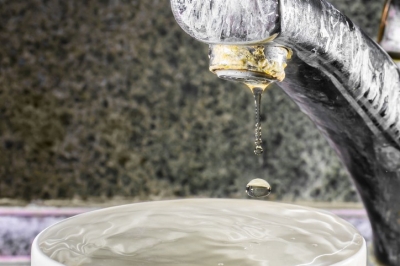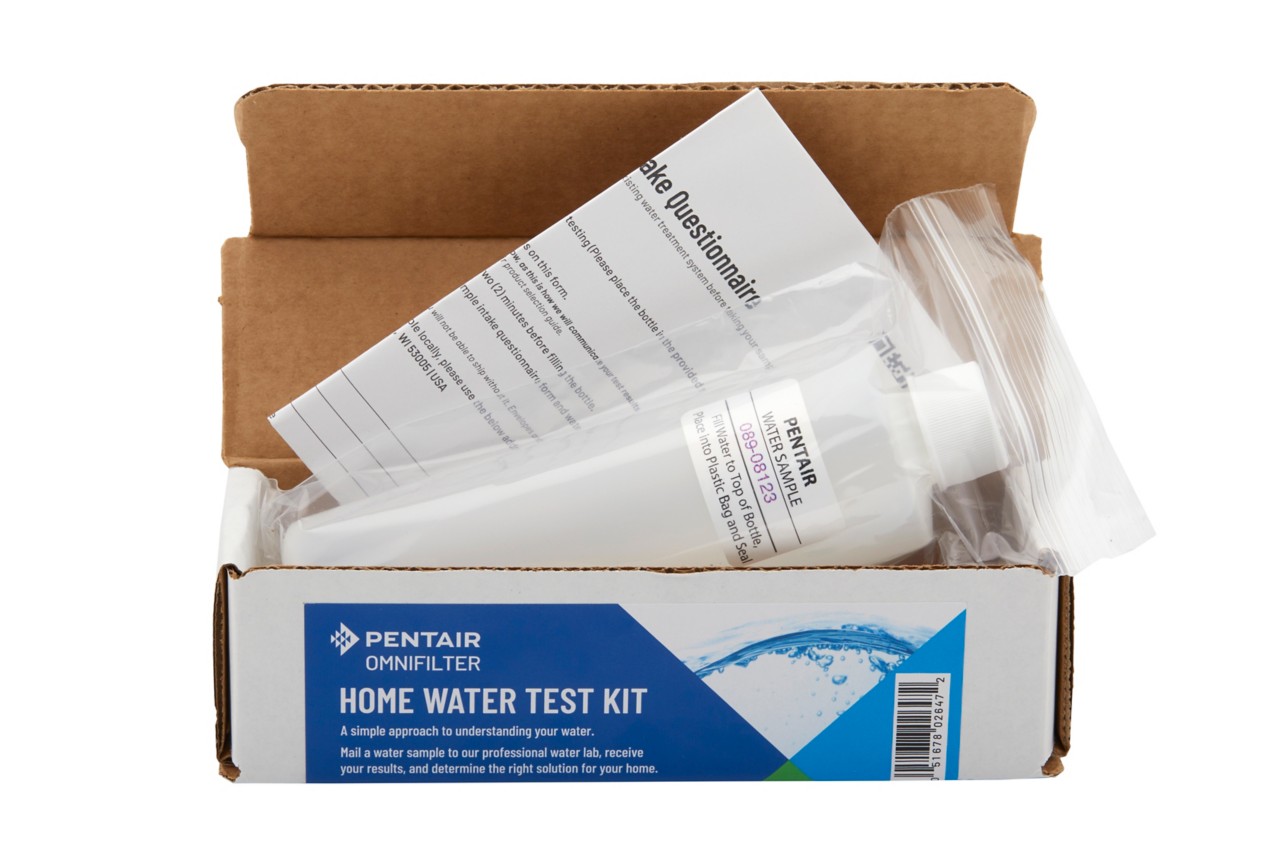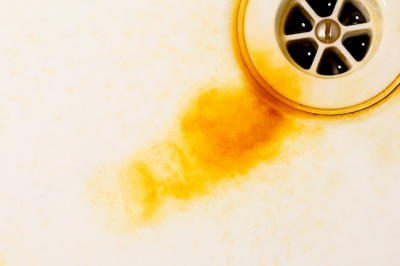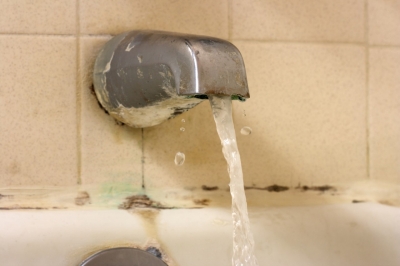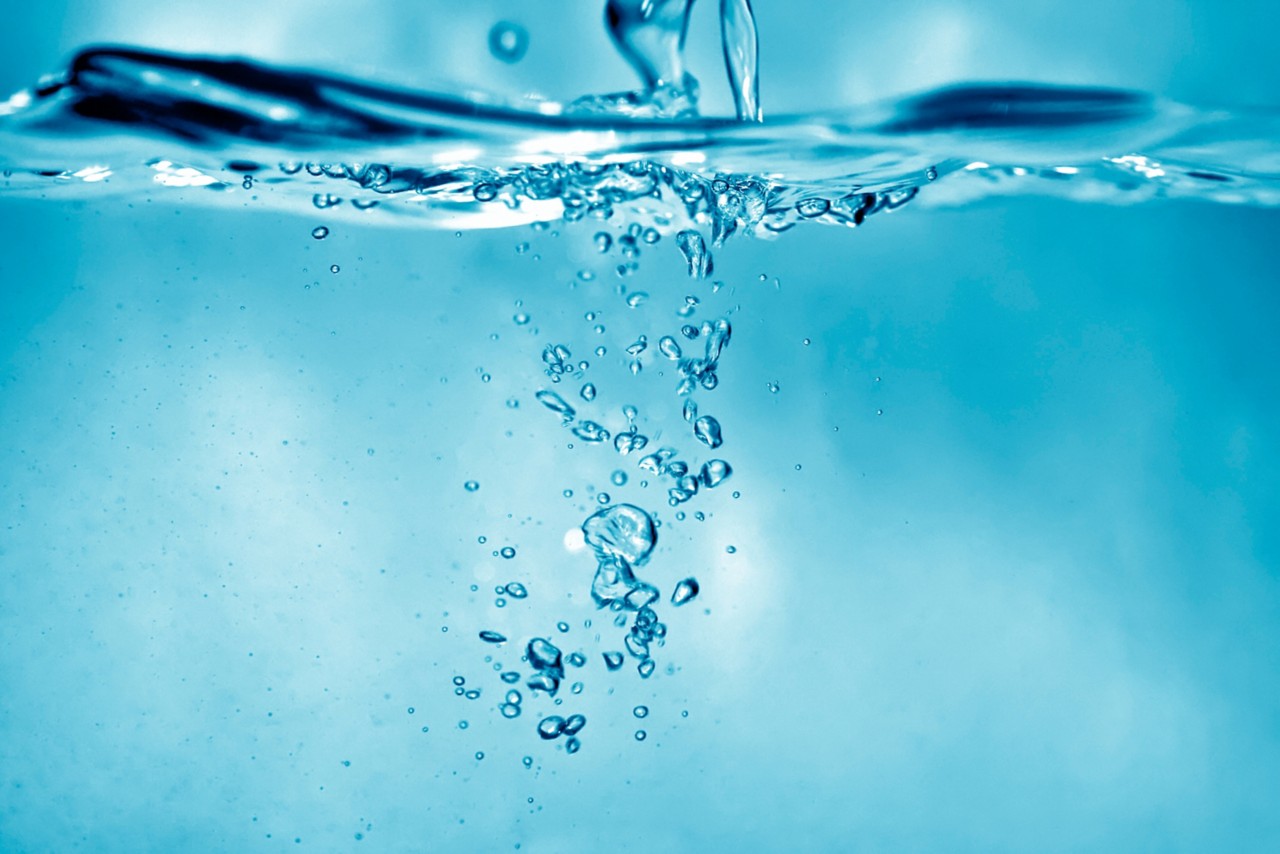Stop Wasting Water and Money. FIND A LOCAL PRO
1. Hard Water
When there's too much dissolved magnesium and calcium in your water, it's classified as hard. Hard water is extremely common in the U.S., affecting 85% of the nation.
Signs of Hard Water
Identifying hard water is easy once you learn the signs. Some things you likely notice include:
- Clothes washed in hard water feel rough and lose their color.
- Dry skin and flakey hair.
- Low water pressure due to mineral accumulation in clogged pipes.
- Scale buildup on faucets and in water based appliances.
- Spots and white residue on dishes and in dishwashers.
- Stained sinks and bathtubs.
Effects of Hard Water
You might think of hard water as just a nuisance. Nothing serious. But over time, it can cause a number of problems, including:
- Damage to plumbing and appliances.
- Wear and tear on clothing.
- Scale buildup on faucets and sinks.
- Dryness of skin and hair.
Solution for Hard Water
Once you’ve had your well tested for contaminants, you’ll receive a breakdown of the chemicals, minerals, and microorganisms detected in your well water.
Next, install a water treatment or filtration solution based on the specific contaminant(s) present in your well water. While a Whole House Water Filter System reduces many of the contaminants present in your drinking water, you can target the problem more directly based on the testing results.
To reduce the hardness of your well water, you can invest in a water softener to complement your water filtration system.




